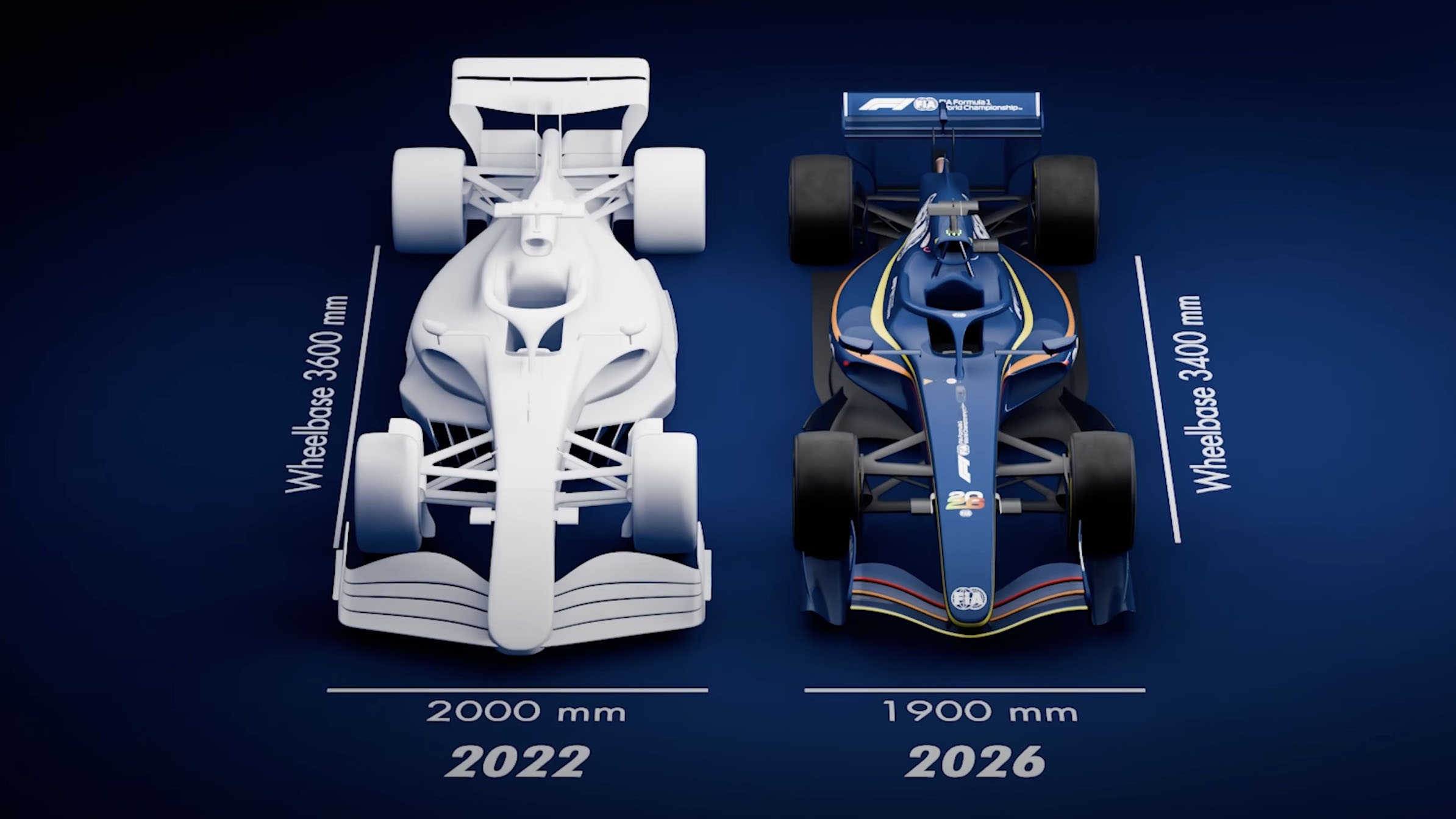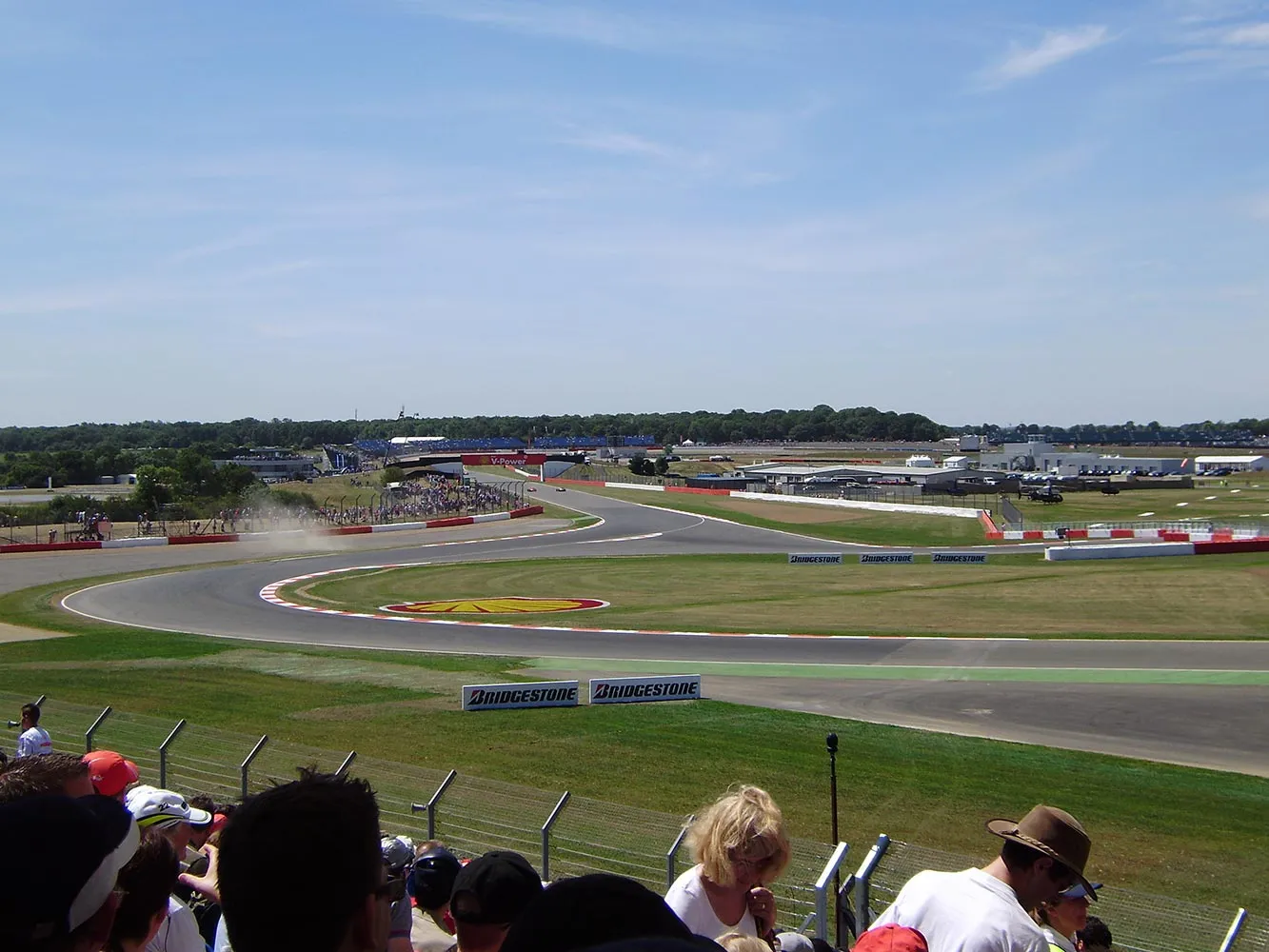The New Era: How 2026 F1 Regulations Will Redefine the British Grand Prix
An in-depth analysis of the revolutionary technical changes and their seismic impact on the iconic Silverstone circuit.
At Above + Beyond, our expertise is built on years of curating bespoke experiences at the pinnacle of motorsport. Drawing on deep connections within Formula 1, we provide our clients with an insider's perspective. In this analysis, we break down the pivotal 2026 regulations and what they mean for one of the calendar's most revered circuits.
Key Takeaways
Radical Power Units
A 50/50 power split and sustainable fuels will change energy management entirely.
Active Aerodynamics
Driver-controlled wings create a trade-off between cornering grip and straight-line speed.
Lighter & Nimbler Cars
A 32kg weight reduction promotes closer, more aggressive wheel-to-wheel racing.
Silverstone's Ultimate Test
The circuit's layout will push these new regulations to their absolute limit.
A Revolution in the Making
As we edge closer to 2026, Formula 1 is preparing for one of its most significant overhauls. These regulations are set to reshape the sport's technical landscape, pushing teams to adapt in ways that will redefine racing. Silverstone, with its demanding layout and rich history, stands as the ideal proving ground.

A New Heart: The Power Unit Revolution
The biggest shift is in the power units. The complex MGU-H is gone, simplifying the engine architecture. In its place, a 50/50 split between the internal combustion engine and electric power emerges—a huge jump from the current 20% electrical contribution.
A Lighter, Nimbler Breed of Car
Cars are getting smaller and significantly lighter. The wheelbase drops from 3600mm to 3400mm, and width narrows to 1900mm. With a minimum weight reduction of 32kg (down to 768kg), the goal is clear: create more agile machines that are more responsive in the heat of battle.
The Strategic Game-Changer: Active Aerodynamics
Perhaps the most fascinating addition is active aerodynamics. Drivers will now control moveable front and rear wings with two modes: a high-downforce 'Z-mode' for cornering stability and a low-drag 'X-mode' for blistering speed on the straights.
Z-Mode
Maximum downforce for cornering grip
X-Mode
Minimum drag for straight-line speed
Experience the New Era of F1
Witness history at the 2026 British Grand Prix. Our curated hospitality packages offer unparalleled access to the heart of the action.
Prime Trackside Views
Exclusive vantage points at key corners
Gourmet Hospitality
World-class dining experiences
Insider Access
Paddock tours and team insights
Luxury Transfers
Seamless travel arrangements
Silverstone's New Challenge
With its fast, flowing layout, Silverstone demands ultimate aerodynamic efficiency and car balance. Here's how the new rules will play out on this iconic track.
What to Watch For at Silverstone
Higher Speeds at Copse
Lighter cars and active aero could turn this already fearsome corner into a genuine side-by-side battleground.
New Lines Through Maggotts & Becketts
Rapid aero adjustments may allow drivers to carry more speed and take different, more aggressive lines through this iconic sequence.
Tactical Overtakes into Stowe
The new 'Manual Override Mode'—a 350kW boost for overtaking—will make the run down the Hangar Straight a thrilling chess match.
Energy Management as a Weapon
Drivers must now balance using their electrical energy for outright lap speed versus saving it for crucial attack or defence.

At a Glance: 2025 vs. 2026
The scale of the technical changes is immense. This table highlights the most significant differences between the current and future generation of F1 cars.
| Specification | 2025 Regulations | 2026 Regulations | Key Impact |
|---|---|---|---|
| Wheelbase | 3600mm | 3400mm | Increased Agility |
| Width | 2000mm | 1900mm | Closer Racing |
| Minimum Weight | 800kg | 768kg | Better Responsiveness |
| Electric Power | ~120kW (~20%) | 350kW (~50%) | Strategic Energy Use |
| Aero System | DRS (Overtaking Only) | Active Aero (Full Lap) | Dynamic Race Strategy |
A New Spectacle Awaits
For spectators, the promise is clear: closer, more unpredictable racing. The 2026 regulations could shuffle the competitive order, rewarding the teams who master the new formula first. The British Grand Prix won't just be another race; it will be the moment a new chapter of Formula 1 truly begins.
Witnessing this new era unfold at a circuit steeped in history is an opportunity for the ages. To discuss a bespoke hospitality experience for this landmark event, contact our specialists. We will ensure your time at Silverstone is nothing short of extraordinary.
FAQs: How Will the 2026 F1 Regulations Change Silverstone?
From 2026, Formula 1 cars will be smaller and lighter, use a 50/50 split between electric and combustion power, feature active aerodynamics, and run on 100% sustainable fuel.
Racing at Silverstone will see:
- More agile cars for faster cornering
- Active aero for better grip in corners and higher speed on straights
- Easier overtaking thanks to a new manual override power boost.
Active aerodynamics lets drivers adjust the front and rear wings while driving. Z-mode increases downforce for corners, while X-mode reduces drag for straights.
The Drag Reduction System (DRS) is replaced by a manual override mode. Drivers within one second of a car ahead can use extra electric power from the MGU-K to overtake.
Lap times may be similar or slightly slower due to less downforce, but overtaking and close racing are expected to improve.
Stronger roll hoops (from 16G to 20G), better side impact protection, and two-stage front impact structures for improved crash safety.
Fans will see:
- More overtaking and closer racing
- Sleeker, lighter cars with visible aerodynamic changes
- Greater unpredictability as teams adapt to new rules.





